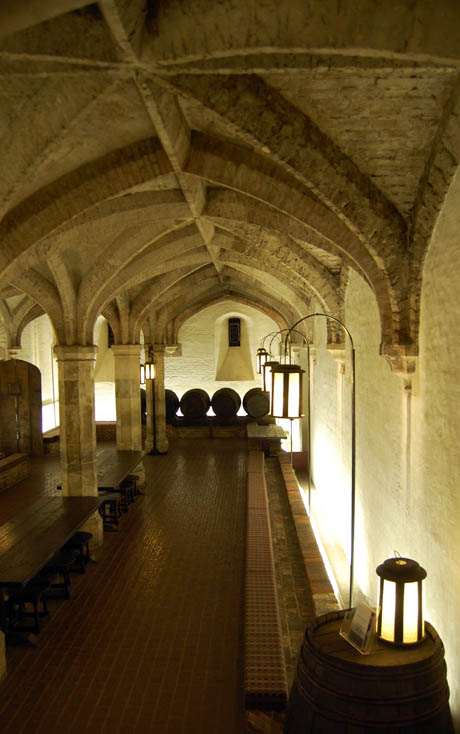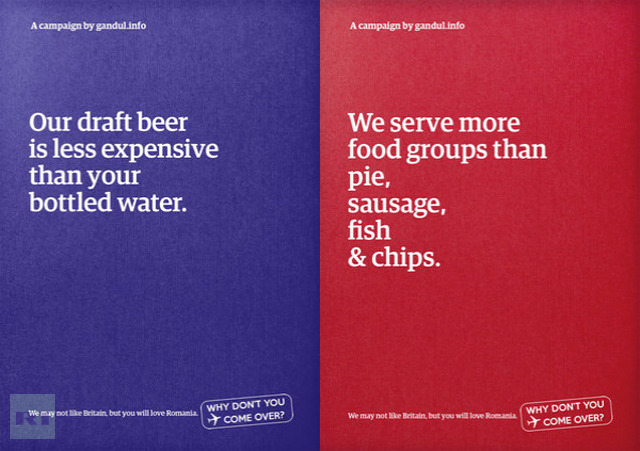It’s not open to the general public — and given what’s built on top of it, that’s probably no surprise:
Like the Pentagon, its better-known counterpart in the United States, Britain’s Ministry of Defence building is a fairly mundane, if gigantic, office block camouflaging a much more exciting subterranean realm of secret tunnels, bunkers, and — at least in the MoD’s case — a perfectly preserved Tudor wine cellar.

IMAGE: Henry VIII’s wine cellar, photograph by Nicola Twilley. The cellar is apparently occasionally used to host Ministry of Defence dinners and receptions, but is otherwise off-limits to the public other than by special request.
This stone-ribbed, brick-vaulted undercroft was built in the early 1500s by Cardinal Wolsey, as part of a suite of lavish improvements to York Place, the Westminster residence of the archbishops of York since the thirteenth century. The additions, which also included a gallery, presence chamber, and armoury, were intended to make York Place into a palace splendid enough to host the King. They succeeded well beyond Wolsey’s intentions: when Wolsey fell from favour, due to his inability to secure the papal annulment Henry VIII needed in order to marry Anne Boleyn, the King decided to move in.
[. . .]
York Place became the Palace of Whitehall, the principal residence of the English monarchy in London for nearly two hundred years, and Wolsey’s expansive cellar (he apparently received the first delivery of Champagne ever exported to England) became King Henry VIII’s Wine Cellar, the name by which it is still known today.
In Tudor times, the wine was stored in barrels, which presented a certain problem for service: “The barrels are historical reconstructions to represent how wine was stored in Tudor times. Henry VIII’s court consumed something like 300 barrels of wine each year, mostly exported from France and delivered to the palace by river. Interestingly, the wine was drunk very young by today’s standards — an August harvest might be on the table by November — and it was carefully blended with water, honey, and spices to mask its increasing sourness, as half-drunk casks allowed air into contact with the wine, which gradually oxidised into vinegar.”





